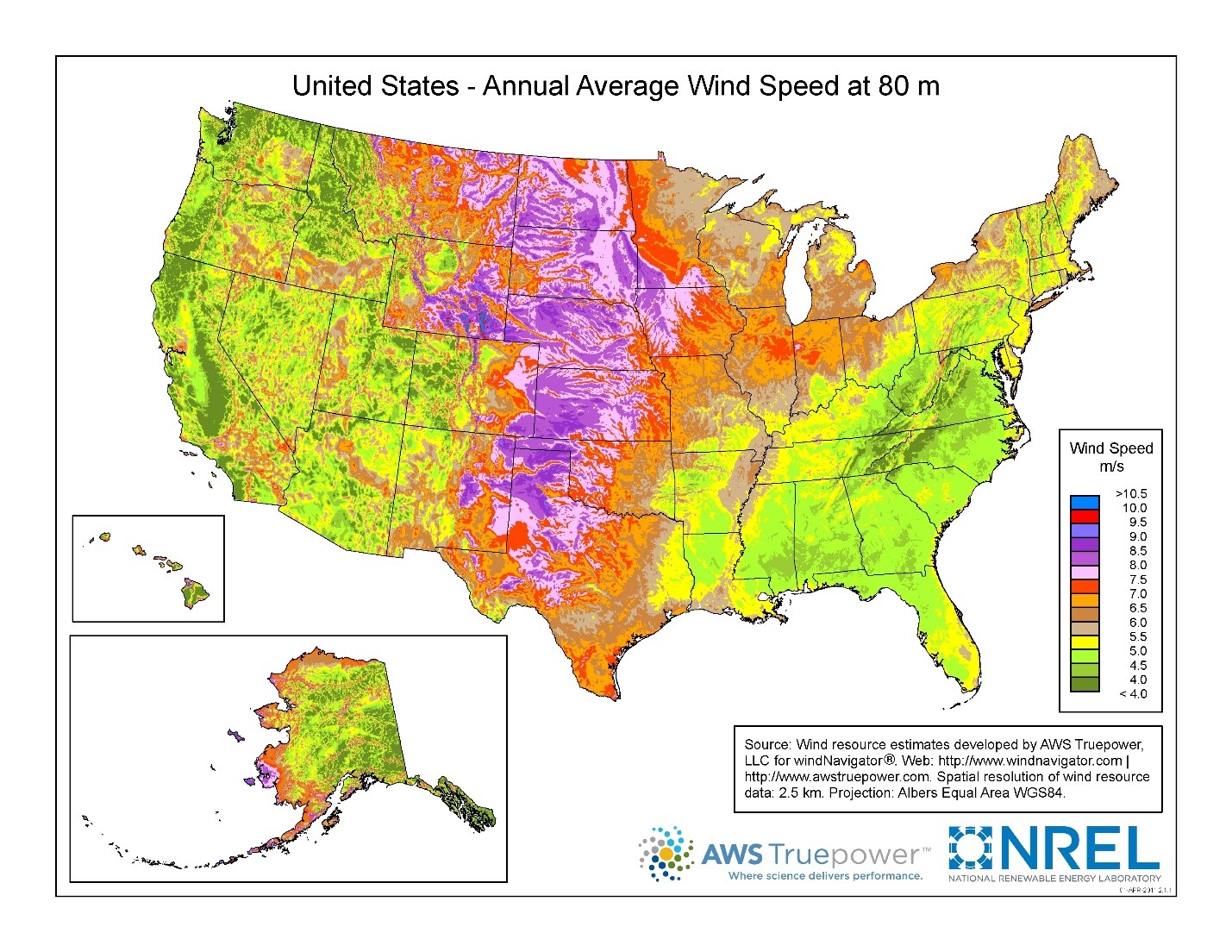
This post, and the next couple, were spawned by an article written by John Hargrove in the latest edition of Public Utilities Fortnightly. The article’s title is, Utilities Can Do More to Partner with Customers. There may even be a follow-up to this article a few months from now. Wink. Wink.
Anyone interested in this blog knows big changes are happening in the electric utility industry. For instance, I could write a series of posts on each of the following:
- State and federal subsidies are loading the grid with micro to utility-scale distributed energy resources, namely wind and solar photovoltaic intermittent-power generators.
- Electrification of personal transportation has been sputtering but may start to take off any year now.
- Customers expect more from their utilities, just as Amazon keeps offering more for its customers[1].
The Model that may Break – Unfair Trade?
Readers probably know this, but I’m going to roll through it quickly to get everyone on the same plateau. Electric utilities were given monopoly markets in exchange for fully regulated pricing. As a result, it may be the only industry left that has prices set on the cost of service, rather than supply, demand, and price points.
I’ll bet most readers have seen the brand “Fair Trade” in their communal food cooperative. Fair trade, to me, means buyer and seller agree on a price for delivery of product or service. That is not how transactions between utilities and customers work. Most customers don’t even know what they are buying. There’s no agreement on price. Consumers use, and then they pay the bill. It isn’t like looking at a menu and deciding to get a burger, fries, and a beer for $18 versus the ribeye, twice baked potato, and Pinot Noir for $45.
Regulators set the price. Customers consume and pay the bill, hopefully.
I like the restaurant analogy. Now we have all kinds of cooks pouring into the kitchen wanting to serve customers in the utility’s restaurant. They don’t have to pay for the cooking equipment, tables, chairs, bars, art, rent, property insurance, CAM charges, property taxes, or anything else. They just bring in the commodity ingredients and declare; you have a monopoly on these customers, so I deserve to serve them with my food using your hardware and property. Please step aside while I caramelize these onions for a dish I’m making for my customers I invited over. This may be fine as a charitable gesture a few times a year, especially off-peak, but when they horn in with tax spiffs and start gobbling up a substantial footprint, something needs to change.
Growing Commodity Sales
Utilities, like every other for-profit enterprise, are in business to make money. They are not in business to hire people, serve the greater good, and spend the excess on charities as non-profits are supposed to do.
For utilities, the ways to make more money can be funneled into two bins:
- Putting downward pressure on prices for public relations so that it’s easier to raise prices with rate cases[2], or
- Add products and services to increase customer satisfaction, engagement, value, and sales of products and services.
Lower Prices
There are many ways to decrease prices for customers. Two big ones include taking somebody else’s money or reducing costs, such as reducing employee headcounts.
What is it about taking somebody else’s money? Subsidies. Here in the upper Midwest, utilities are racing to build more wind generation. It accomplishes lower prices (taking taxpayer money – thank you, Southern States), reduces emissions, and draws in income-distressed customers like Google and Facebook. It increases rate base, sales, and profits, achieving growth in a stagnant industry.
More Services
Here is where I get back to Sheri Givens’ and John Hargrove’s articles in Fortnightly. The crux of John’s article is that, per scientific survey, customers do not view utilities as go-to sources of information for energy-using products and services. For example, utilities are not among the top three sources of information for electric vehicles, heat pump water heaters, or solar panels. Only eight percent of customers installing backup generators relied on utilities as a source for information.
Sheri’s article says customers want to explore a fuller range of services and new offerings and will pay more for them. If they view the utility as a trusted partner, they will use advanced products and services.
Why are Utilities Luddites?
The answer to this question is simple – the regulatory structure for utilities is stuck in the 1980s when the U.S. was building coal plants willy-nilly. How does that date it for you – building coal plants willy-nilly? There is no incentive, only downside risk, to innovation in the utility sector.
Consider Amazon, please. Amazon is free to innovate and add products and services. Are they always successful? No. Have you seen an Amazon Fire? What’s that? Their phone that has no market share, whatsoever. If Amazon were a utility, they would be drawn and quartered for that. How could you be so stupid and wasteful with ratepayer money? Good luck with your next rate case.
On the Way
In response to John’s and Sheri’s articles, utilities have been scorned for trying new things and awarded for slashing staff for most of 20 years. You can’t innovate and gain mindshare in that environment. When everyone else is coming after their customers, utilities need the freedom to fail and succeed at some things too. Ideas are coming next week.
[1] https://www.fortnightly.com/fortnightly/2017/11/how-does-innovation-impact-customers
[2] Sounds crazy, but this is the world of the regulated monopoly.







Join the discussion One Comment